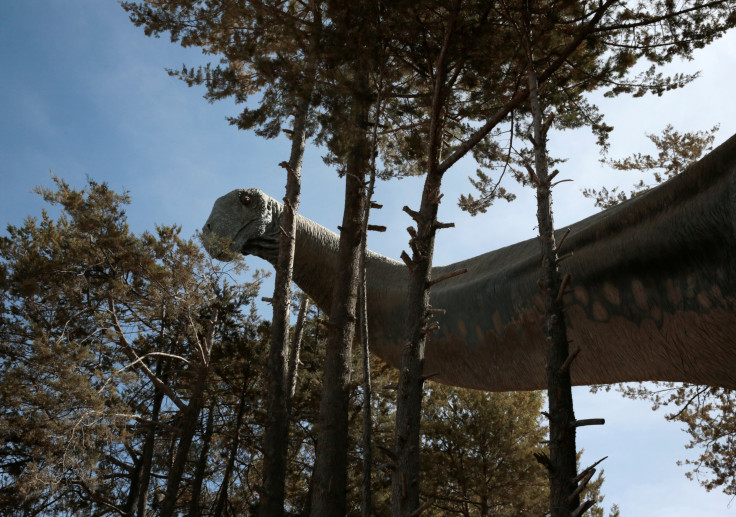Dinosaurs, Ancestors Lived — And Died — Side By Side, Research Finds

Dinosaurs, when they roamed and ruled Earth, were a very diverse group of animals. They were reptiles that were amphibious; they were the largest creatures to have ever lived; they were present across all landmasses on the planet; and they were also the first birds.
In scientific classification, the entire dinosaur family is derived from dinosauriformes, one of the two branches of the clade dinosauromorpha, the other being lagerpetids. These lagerpetids, while resembling small dinosaurs externally in many ways, were a different family that is generally considered to be a precursor to their more famous and successful cousins.
However, evidence has been unearthed in Brazil that shows the two families may have been contemporaries until much later in the Triassic Age than previously thought.
Lagerpetids are thought to have emerged about 235 million years ago, just before the dinosaurs came around, but didn’t survive the Triassic-Jurassic extinction event that made dinosaurs the dominant terrestrial species.
The find in the Santa Maria Formation in southern Brazil revealed fossils of two new species, one a dinosaur of the sauropod variety and the other a lagerpetid, named Ixalerpeton polesinensis. The fossils came from the same rock unit, which provides evidence for the two cousins to have lived, and died, at the same time. At about 237-228 million years old, the find pushes back the date of such an occurrence, which while rare, has been previously seen in dinosaur finds from Argentina that date back to 228-201 million years ago.
According to the research paper, published in the journal Current Biology: “This is the first time nearly complete dinosaur and non-dinosaur dinosauromorph remains are found together in the same excavation, clearly showing that these animals were contemporaries since the first stages of dinosaur evolution.”
The study helps get a better insight into the early evolution of dinosaurs, but also showed another unusual and interesting facet. The dinosaur species found in the excavation, named Buriolestes schultzi, is the only known sauropod which was “strictly faunivorous,” which is to say, they only ate other animals. It also likely walked on two feet. Sauropods were the biggest of the dinosaurs, walked on four feet and were usually herbivores.
The study, titled “A Unique Late Triassic Dinosauromorph Assemblage Reveals Dinosaur Ancestral Anatomy and Diet,” was carried out by a team of paleontologists led by Max Cardoso Langer from the University of São Paulo.
© Copyright IBTimes 2024. All rights reserved.




















